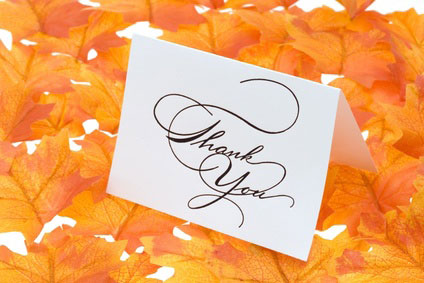Handwritten Cards Bring Spring Into Your Life
In Japan, spring is known as the season of meeting and parting. Sending beautifully designed cards at the beginning of the fiscal year to people who are setting off on a new chapter in their life or who have supported you, is a handy way of elegantly conveying your feelings.
Shinobu Sato, the president of G.C. Press stationery maker in Tokyo, keeps various types of cards in her drawer.
«I keep them so I can send them whenever I want to. Sending a card with a short message will make the receiver happy,» Sato said.
While e-mail may be now the most common form of written communication, «writing by hand is still deep-rooted in Japanese culture,» Sato said. «Even if the letter is written clumsily or contains poor writing, the true emotions can only be conveyed through handwriting.»
Greeting cards with printed messages are popular in other countries because senders can simply sign their names onto them, said Sato, who graduated from a US high school before studying photography and design at Tokyo Zokei University.
In Japan, she said, people write a few sentences in cards, which are usually not as formal or long-winded as what would be written in a letter. Cards are a popular medium for people of all ages to casually express themselves.
There has been a recent trend to diversify the types of cards available at stationery shops and specialized stores. While traditional cards for specific purposes like birthdays, Christmas and weddings are common, cards that have multiple uses are gaining popularity. For example, these cards can be slid into a gift, or used to express gratitude in a simple way. They have varied designs, from a simple cute image printed in the middle of a blank card to something much more formal.
For those who are unused to sending cards, Sato recommends ones that are the sizes of business cards. These minicards are more casual than others, and the sender doesn't need to come up with a long message to fill in the blank space. Tiny envelopes come with most of these minicards.
«It's practical and fun to use seals on minicards to create an original card that can be used for different purposes,» Sato said.
For example, the seals could have messages such as «Thank you,» or be decorated with seasonal items like cherry blossoms. «It's fun to create a good combination of card and seal,» Sato said.
Placing scented paper in the envelope is also becoming more widespread.
«Choose placid hues and make the card less casual when you send it to someone older,» Sato said. «Think of the relationship you have with the receiver before you select the card or seal.»
A margin can also enhance the card's beauty. Decide on the balance and how much you want to write on the card before you put pen to paper.
«You'll be unsure what you should write if you aren't used to sending cards. Just be straightforward and write what you want to say but maybe can't express face to face,» Sato said. Simple phrases are also good, such as «Congratulations on getting your new job!» or «Thank you for your kindness.»
«Think of the happy expression that the receiver of your card will have when they read it. That's a fun thing to do while writing a card,» Sato said. «You'll have a richer relationship with others if you became used to sending cards.»
 It is always a great pleasure to get a handwritten card
It is always a great pleasure to get a handwritten cardSource: The Daily Yomiuri